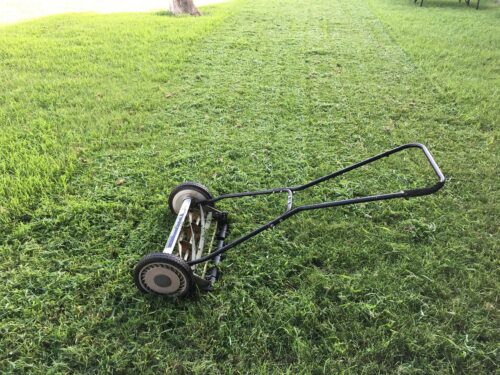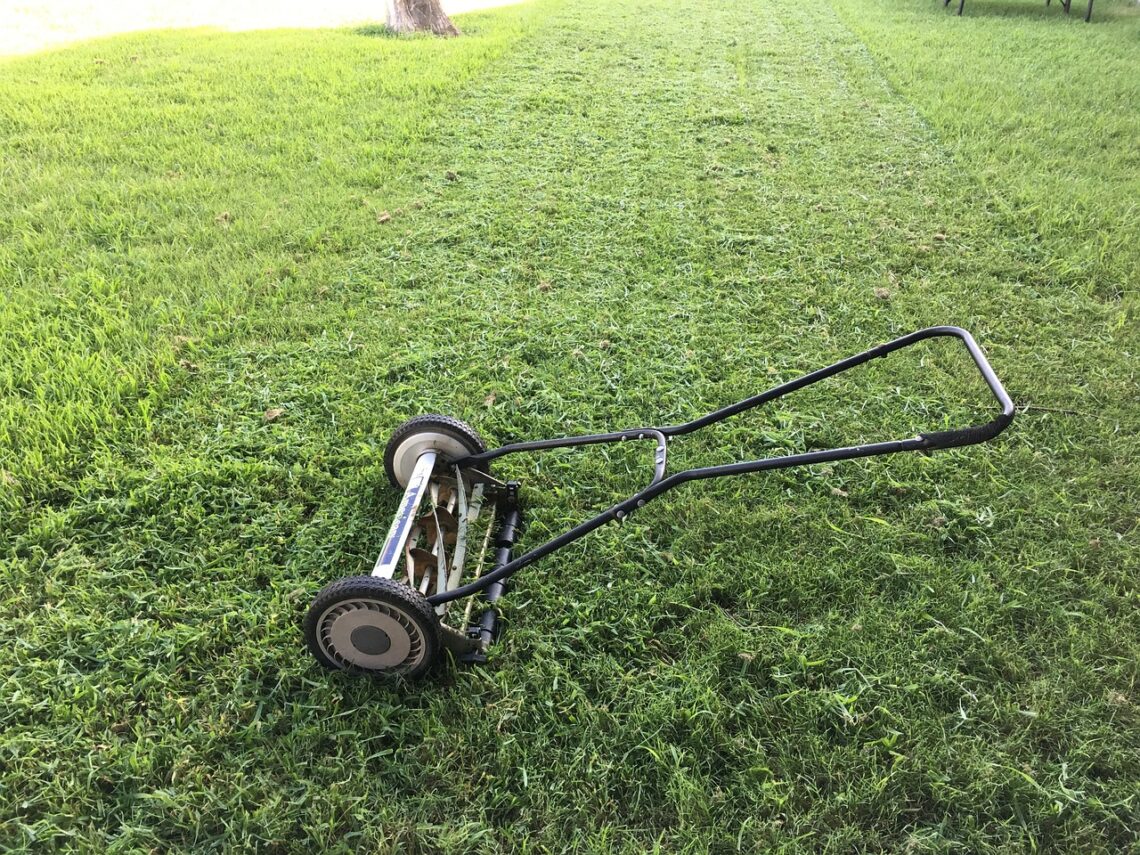Read about the Best Uses of Grass Clippings After Mowing and make good use of this organic material for healthy plants.
Are you collecting, mowing, and disposing of grass clippings daily? Then, change this routine, find out what to do with the clippings, and learn about the best uses. Clippings from healthy turf grasses are rich in nutrients and can be used in perennial borders, compost piles, lawns, and vegetable gardens. In this post, you can find the Best Uses of Grass Clippings After Mowing.
Best Uses of Grass Clippings After Mowing

1. Use Them as Mulch
Grass clippings are a wonderful resource for mulching. They can help suppress weeds, retain soil moisture, and moderate soil temperature. When used as mulch around plants, grass clippings offer an organic solution to common garden challenges. As they break down, they enrich the soil with valuable nutrients and improve its structure.
Because grass clippings decompose quickly, you should be ready to reapply them every eight weeks to maintain effective weed suppression. This regular reapplication ensures that your garden benefits from ongoing moisture retention and temperature moderation.
Grass clippings make great mulch for vegetable gardens. They’re easy to spread around young plants, and they break down over time to improve the soil. This creates a better environment for the coming year in the garden.
Put a 2-inch layer of dry grass clippings on top of the soil. Using too much can stop water and air from reaching the soil.
Note: Avoid using grass clippings from a lawn recently treated with a broadleaf herbicide as mulch. The herbicide could seep from the clippings and damage nearby plants.
2. Let the Clippings Stay on the Lawn
When mowing your lawn, leave the grass clippings where they fall. This practice, often called “grasscycling,” allows the clippings to break down and return valuable nutrients to the soil. Since grass clippings are composed primarily of water and decomposable organic matter, they quickly integrate into the turf, releasing nitrogen and other key nutrients as they decompose over a few weeks.
Homeowners who bag and discard grass clippings often require more fertilizer to maintain the health of the lawn. By leaving clippings in place, you can reduce the need for additional fertilizers, preventing over-fertilization, which can burn grass and create a host of other turf issues. If you used to bag clippings but are now leaving them on the lawn, adjust your fertilizer use accordingly to avoid this risk.
For the best results, ensure that clippings are no longer than 1 inch. This length allows them to break down quickly without creating unsightly piles on the lawn. To achieve this, mow regularly and when the grass is dry to avoid clumping. Wet clippings tend to form dense piles, which decompose slowly and may damage the grass underneath.
However, if your lawn has any disease issues, such as leaf spot, rust, or dollar spot, leaving clippings can spread the infection. In such cases, bag them for yard waste collection or bury them in a designated area away from the lawn. This ensures they decompose without risking further disease spread.
By adopting these practices, you can maintain a healthier, more sustainable lawn without the need for excessive fertilizers or creating unsightly clumps.
NOTE: It is a common misconception that leaving grass clippings on the lawn leads to a harmful layer of thatch. In reality, grass clippings decompose quickly and do not contribute to thatch build-up. The thatch layer results from other factors, such as over-fertilization with nitrogen, irregular mowing, the growth of aggressive grass varieties, and unhealthy soil conditions.
3. Add the Clippings to Compost
Grass clippings become nutrient-rich compost when mixed with brown materials like dried leaves, stems, and plant parts. Compost, often called “black gold,” is a valuable addition to any landscape. Just mix a 2-inch layer of compost into your garden soil to improve soil structure.
During spring, spread a 2-inch layer of compost around your perennials to suppress weeds. This compost also provides nutrients to keep your plants healthy throughout the season.
To create a simple compost pile, alternate layers of green materials, like grass clippings, with brown materials. Maintain a balanced proportion of green and brown materials for a healthy compost pile. You can speed up decomposition by placing the pile in a sunny spot and turning it every week or so. Most home compost bins don’t get hot enough to kill pathogens or seeds, so don’t use grass clippings from a lawn with diseases or weeds.
Note: Try to mow your lawn regularly, cutting just about an inch of grass. This creates clippings that decompose quickly in your compost bin.



